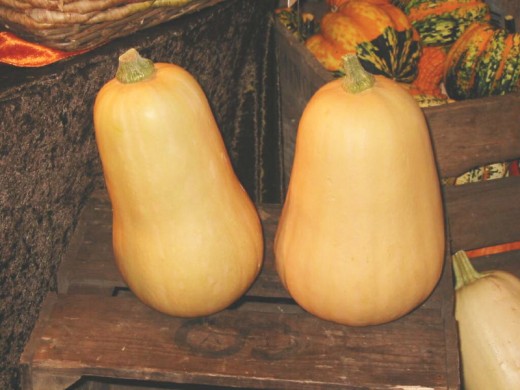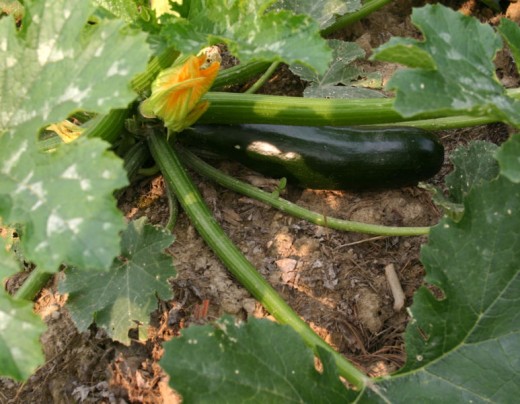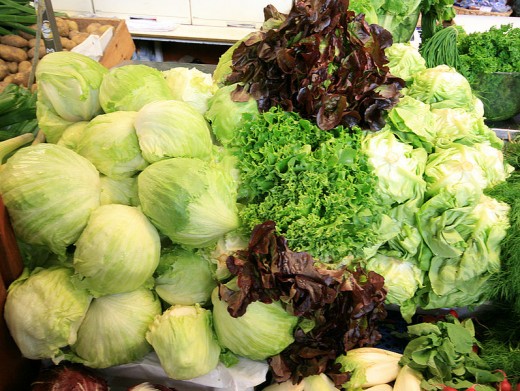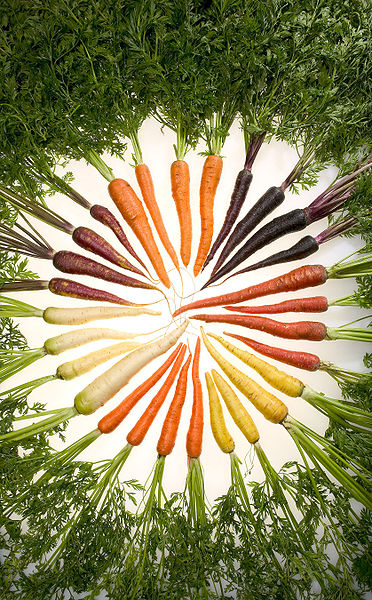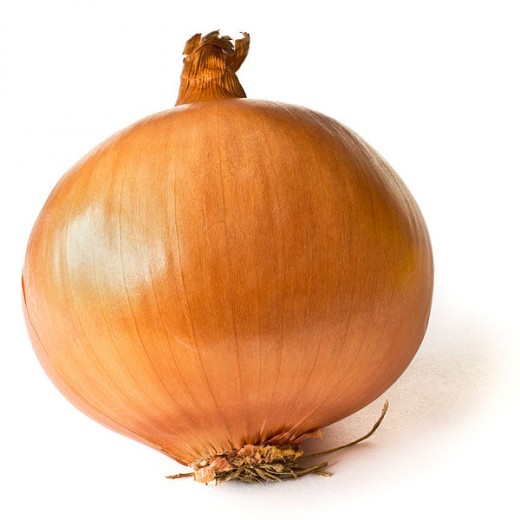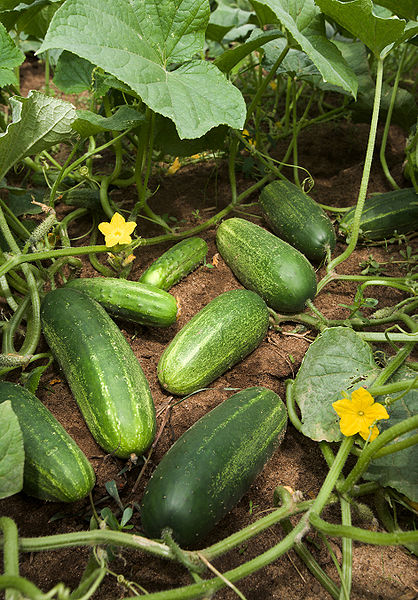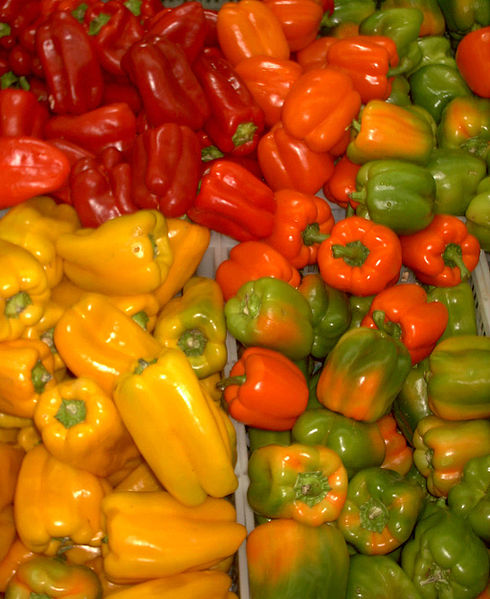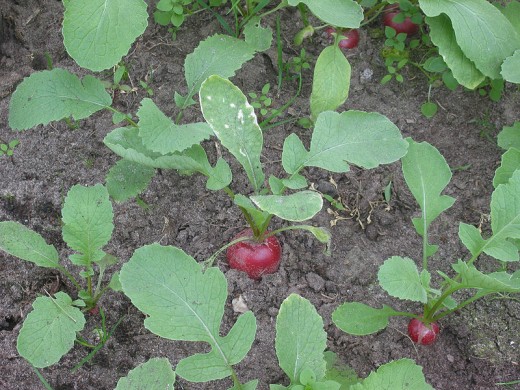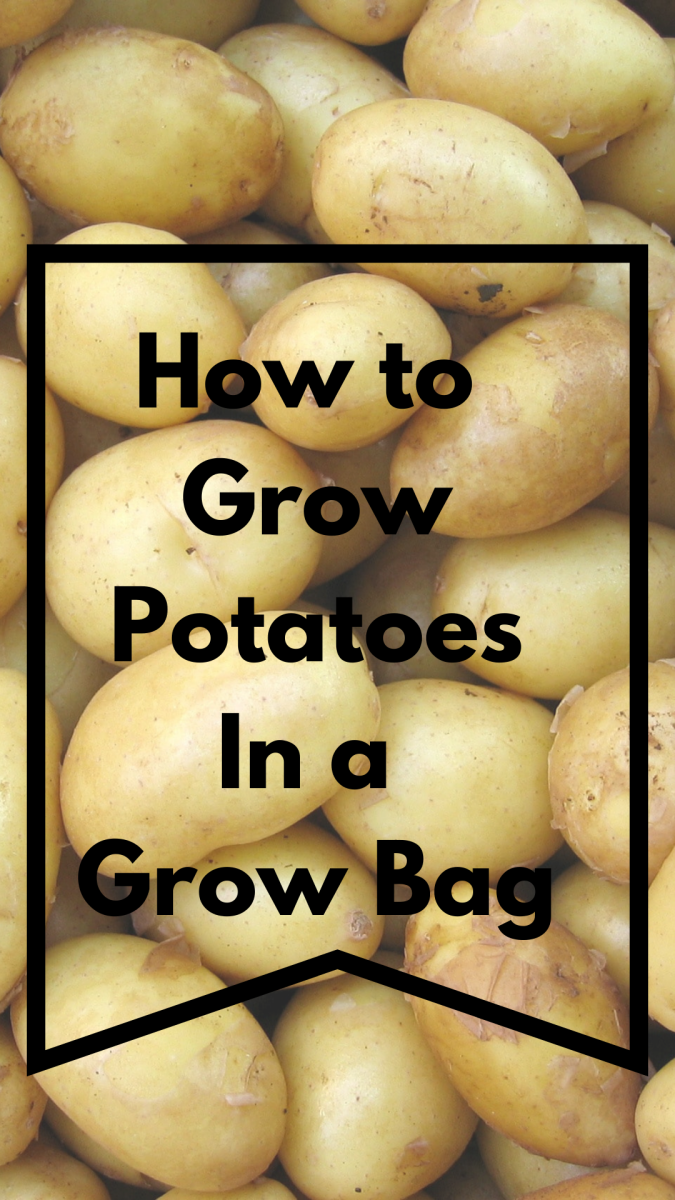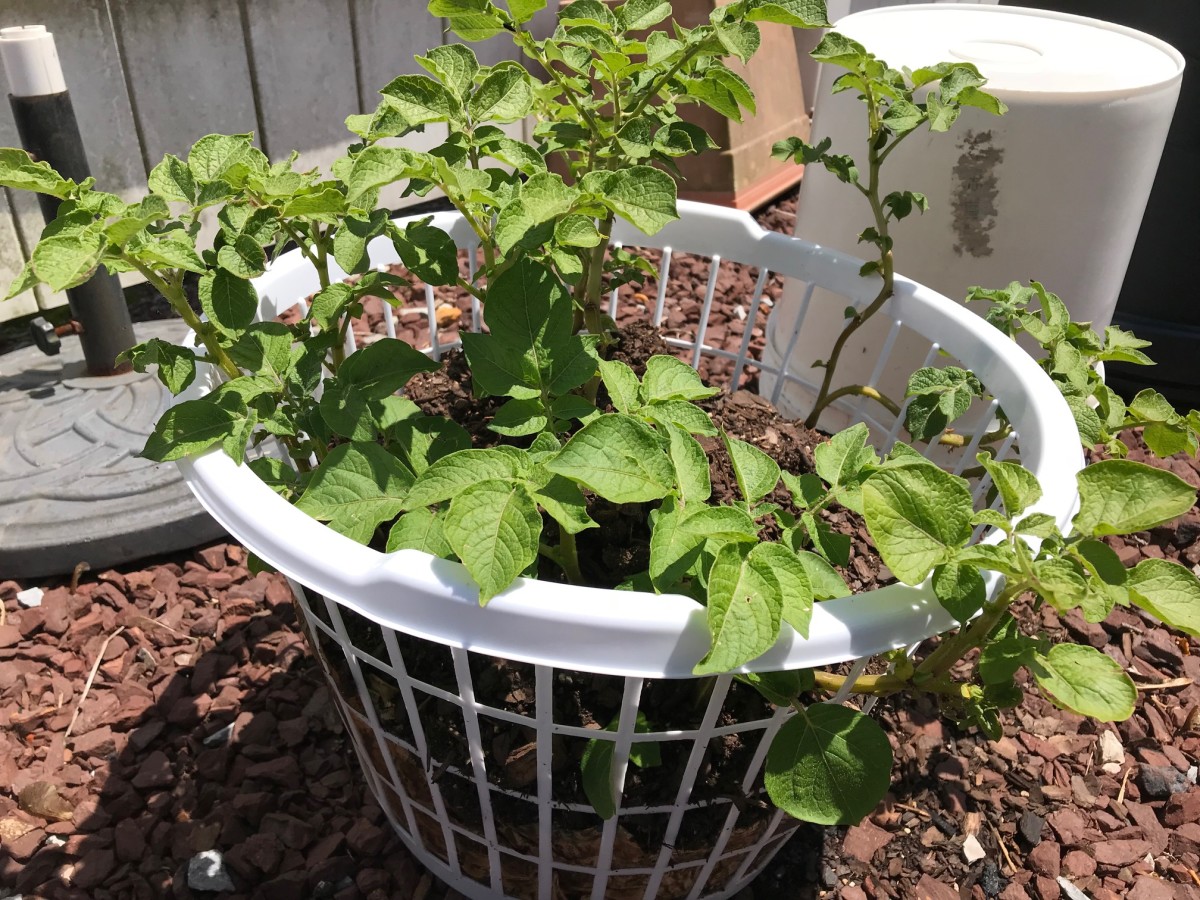12 Easy to Grow Vegetables and How to Grow Them
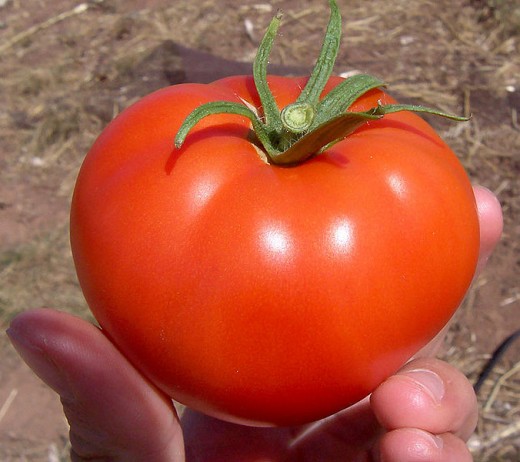
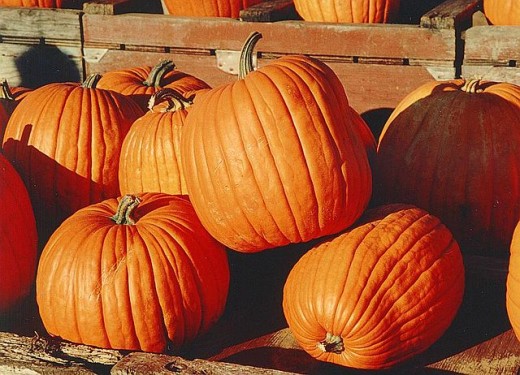
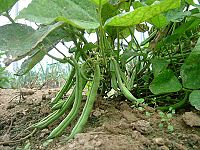
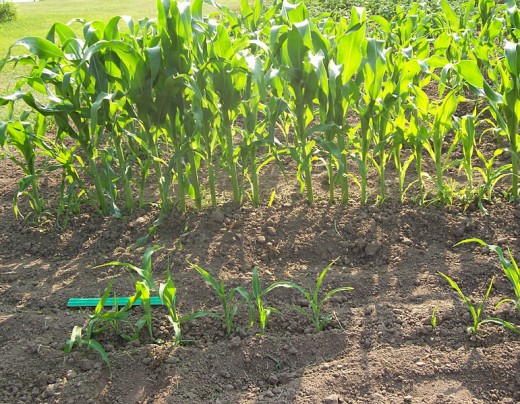
For most gardeners, growing is a passion. However, you had to start somewhere. For me, it was as a small child with family members who were gardeners. For some, it's later in life. Sometimes it's on a whim, sometimes it's part of a movement towards eating healthier. No matter what your experience with gardening is, you can be successful. The key is asking questions and being open to learning. I've listed ten of the easiest garden plants to raise so that you have a better chance to start on the right foot.
Bell peppers
Bell peppers are a great plant to start out with in the garden. There are as many different breeds as there are days in a year. You can choose from a wide variety of colors from the everyday green to orange or purple. They can be raised from seed or bought as seedlings to make your life a little easier. Plant your plants outside after the last frost (I have put a link at the bottom to a site that has average last frost dates for every area). Dig your hole about twice as wide as the root ball and deep enough to put the plant in up to the first set of leaves. Tease the roots of your transplant to help loosen them up. This will help them to take root faster, as will planting up to the first set of leaves. Plants should be spaced about 2 1/2 to 3 feet apart. You may want to put something around your transplants to keep critters like rabbits and deer from nibbling your new plants off at the base. Harvest your peppers when the fruit's walls are stiff, not soft. For colored fruit, you can harvest when fruits are solid, but this will happen before they change color.
Common varieties include California wonder, Purple beauty, and Big Bertha. However, these are just a few of the hundreds of different varieties.
Tomatoes are grown in much the same fashion as peppers. They come in all shapes, sizes, and colors. Like peppers, you can plant your own seeds and transplant them, or buy seedlings. Planting is done in the same fashion, as is harvesting. Plants should be spaced about 3 feet apart. After plants get to be 2 feet tall, they will need to be either caged or staked to support them as they grow. There are two generic types of tomatoes, determinate and indeterminate vine. Determinate will grow to a certain size and then stop producing. Indeterminate vines will grow and produce until they are killed by freeze or frost. Different types of tomatoes are used for different things. Cherry and grape tomatoes are used in salads as toppings, or as snacks for kids. Roma tomatoes are used for cooking applications. Most other tomatoes are used for everything from cooking, to snacks, to toppings for burgers and salads.
Common varieties of tomato are Roma, Beefsteak, Cherry, Better Boy, Early Girl, and Pear, just to name a few.
Green beans
Green beans have two general types, bush and pole beans. Bush beans grow in bush plants that do not climb, conserving space. Pole beans need trellises or poles to climb. Plant spacing is very similar with both types. Seeds should be spaced about 4 inches. When planting pole beans, plant 4-6 inches away from your trellis. You'll need to train your beans up the trellis or pole. It's easily done with strips of old cloth to tie them loosely to the trellis until the can take hold. Both types of beans will produce similar bean pods that must be harvested when they are still tender. Beans should be picked before the seeds are easily discernible in the pod. Once this happens, the quality of flavor in your crop is diminished. Also, picking beans as they are ready will keep your plants from putting too much energy into mature beans. This keeps them producing new beans.
Common varieties of green beans are Bountiful, Top Crop, Contender, Blue Lake, and Kentucky Blue.
Carrots
Carrots can be a great root crop to start your garden off with. They are an earlier crop, so stagger your plantings every two weeks to increase the longevity of your harvests. The seeds are tiny, so they are sprinkled in rows and covered with about an inch of soil. Once they come up, they must be thinned out to about one plant every 3-4 inches. Carrots are harvested in 58-75 days, depending on the variety. As with most other garden plants, there are far too many varieties to list here. Experiment with different varieties to find the one you like best.
Common varieties include Napa, Nectar, and Sugarsnap.
Lettuce
Lettuce grows in two different ways, as head lettuce or leaf lettuce. Head lettuce is what you see in the grocery store in large heads that you can pull apart as needed. Leaf lettuce grows single leaves of lettuce separately that are harvested all at once or as you consume it. Both basic types produce delicious greens for a homegrown salad. Head lettuce is planted as transplants after last frost, whereas leaf lettuce is broadcast in rows and allowed to grow in dense populations. To plant loose-leaf lettuce, trench a row about 3/4 inch deep and sprinkle your seed into the row. Cover the row with soil and water the row to moisten the soil. Loose-leaf rows should be planted about 18 inches apart, depending on what you prefer, they can be wider. To plant your head lettuce transplants, dig a hole just deeper than the root ball. Tease the roots of the plant to loosen them up so they take root faster. Pack soil around and over the roots, then water the soil. Plants should be spaced about 2-2 1/2 feet apart to allow for them to grow and for you to work around them. Heads should be harvested when the heads feel full and firm with a gentle squeeze. Note: It's important to plant lettuce early because warm weather will cause it to "bolt" or go to seed before it develops much of a head.
Common loose-leaf varieties are Simpson Elite and Green Ice.
Common head lettuce varieties are Iceberg and Igloo.
Cucumbers
Cucumbers are great vining plant to grow for any gardener. The vines can grow on the ground, or preferably on trellises. Cucumbers can be used for a wealth of different cooking uses. Anything from toppings on salads to making homemade pickles. However, to make pickles, it's important to know about the variety your growing. Generally, smaller cucumbers are best for pickling. To plant, put 3-5 seeds in a hill and space hills about 2-4 feet apart, depending on your preference and whether or not you're using a trellis. Having too many vines on the ground means that plants will fight for the same space and light, making your vines less efficient. Training your vines on trellises is done much the same way as beans, with strips of cloth to loosely tie the vine to the trellis until it can take hold. Cucumbers are ready for harvest when the fruit is firm and smooth. They can reach maturity very quickly, so checking daily may be necessary. Over ripened fruit can be bitter, so it's important to pick them at maturity, not after. There are some varieties that are bush type, which require no trellising.
Common varieties include Sweet Success and Burpless Beauty.
Pumpkins can be a fun thing to grow if for no other reason, than because of the different varieties that you can plant. You can have any size pumpkin from the Mini pumpkin variety to the Dill's Atlantic Giant variety, which holds the record of over 1700 lbs.! You can also plant Lumina or miniature white pumpkins, which have white skin, setting them apart from your normal orange pumpkin. Planting of pumpkins is generally done in hills with 3-4 seeds per hill after last frost. Hills are spaced around 5-6 feet apart. Miniature varieties can be trellised to decrease pest and disease problems. Miniature pumpkin varieties can be planted in rows as well, if you are looking to raise a lot of them to sell at farmers' markets. Harvesting them is done once the vines start to die off in the early fall. Pumpkins can be stored for a long time, if necessary.
Common varieties include Jack-Be-Little, Connecticut Field, Lumina, and Atlantic (for giant pumpkins, use Dill's Atlantic).
Radishes
Radishes are one of the easiest crops to grow in the garden, along with onions. They have tiny seeds like lettuce and carrots, and are planted in the same fashion as carrots, meaning they must be thinned to one plant ever 2 inches or so, depending on the varieties size. They have a very early maturity, so planting them every one or two weeks will give you a continuous crop. They should be picked once the root has popped out of the soil. Things to be careful of are letting your radishes grow too long, and in too hot of weather. Warm weather affects the flavor and can give them kind of a spicy taste. Letting them grow too long may allow them to go to seed, which makes the root less flavorful. It can also mean that roots begin to split, allowing pests and diseases to enter them.
Common varieties include Cherry Belle, Crimson Giant, and German Giant.
Onions
Onions have three general types that you can plant; yellow, red, and white. Yellow onions are grown mostly for cooking, purple are best for using raw like in salads or on burgers, and white onions are used much the same as red. When planting onions, you are using sets, not seed. Seeds are used to grow green onions which are much smaller than the onions you buy in the store. Sets should be planted in rows with the rounded side pressed softly into the soil and the stem-looking part just barely out of the soil or just under the surface. The row should be kept moist to aid in growth. As the onions grow, the tops will begin to pop out of the soil. They must be covered back up as this happens to avoid a sun skull, which makes them unsellable and less usable for personal use. Once the stems of the onion have fallen over, they are ready to pick. They should be allowed to dry in the sun before being put into storage or being used to cook.
Sweet corn
Sweet corn is an excellent crop to have. The three general types of sweet corn are yellow, white, and bi-color which have the traits of both white and yellow. Bi-color corn has become by far the most popular because of its flavor and longer storage life.The biggest problem you may run into with corn is that it is very tall, usually 5-8 feet at maturity. Planting corn on one side of the garden that won't block light from other plants is advised. To prolong harvest, stagger plantings by two weeks. Corn should be planted in rows about 2 1/2 to 3 feet apart. It is important for pollination purposes that you plant enough at a time to allow for pollination. Also, planting should be done in multiple rows, not one long one, for the same reason. Ears are mature when about three weeks from when silk appears on the ear, or when the silk turns brown. Mature ears will exude a lot of juices when kernels are pricked. It's important not to let ears stay on the stalk past maturity, as kernels will begin to dent as sugars turn to carbohydrates and the corn looses sweetness. The same is true for storing, do not allow corn to be in direct sunlight or in warm temperatures. A freshly picked ear of mature sweet corn can loose up to 80% of its sugar content in one day if left in the sun at temperatures of 80 degrees or higher.
Common varieties include Peaches 'N' Cream, Sun and Stars, and Illini Xtra Sweet.
Zucchini
Zucchini is a summer squash that can be cooked in all kinds of different stir fries or fried up on its own. It grows in bush type plants that can produce quite heavily. They should be planted in hills with 3-4 seeds in each. Once they have sprouted, they should be thinned down to 2 or three plants per hill max. Hills should be 4-5 feet apart to allow aeration between them and to be able to work amongst them. Like cucumbers, once zucchini start to produce fruit, they will mature quickly. Some zucchini fruits will mature after only a few days. This means they must be watched closely. Also like cucumbers, overly mature fruits do not have the flavor and texture that is desirable. However, over sized zucchini make for great zucchini bread, which requires larger fruits for the wall around the core that contains the seeds.
Common varieties include Black Beauty and Sure Thing.
Winter squash
A couple winter squashes are butternut squash and acorn squash. These squash are planted the same way as pumpkins, as they are in the same family. They can't be trellised because of the size and weight of fruits. They can be planted in with sweet corn to keep weeds down and once the corn is mature, the stalks can be cut down and the squash can thrive. This cuts down on the space required for planting.
Common varieties of winter squash are Waltham Butternut and Table Queen acorn squash.
These veggies are some of the easiest to grow and are very rewarding. The common varieties I've listed are only that, there are far too many varieties to list and everyone has their favorites. If you have some favorites you'd like to share, feel free to list them in the comments for others to try out. Happy gardening!
Helpful Gardening Links
- Last Frost Dates by City
Frost dates for your city. Get last spring frost dates and first fall frost dates for the U.S. and Canada on The Old Farmer's Almanac web site, Almanac.com. - Soil Preparation Made Easy
Soil preparation is the foundation to a great garden. It's also where you begin to understand what makes your garden perform the way it does. - Poor Soil? Your Plants are Telling You the Story
Your plants show signs of nutrient deficiencies when they become an issue. Sometimes the nutrients aren't there, and sometimes they aren't available to the plant. This will give you a break down of what to look for and what causes the deficiency. - Twenty Tips and Tricks to a Great Garden
Did you know putting a couple match heads in the hole when transplanting your peppers will help them take root faster? There are all kinds of cool things like that out there, find twenty right here. - How to Grow Tomatoes; From Seed to Harvest
Save money by growing your tomatoes from seeds indoors. - How to Raise Pumpkins; Row cropping vs. Planting Hills
Many people grow pumpkins and gourds in hills, it's been the preferred method for centuries. However, I have found that planting in rows can be much more beneficial. - How to Grow Trellised Gourds and Pumpkins
Growing your gourds and small pumpkins on trellises can be very beneficial. Building them isn't complicated and they last for years.
